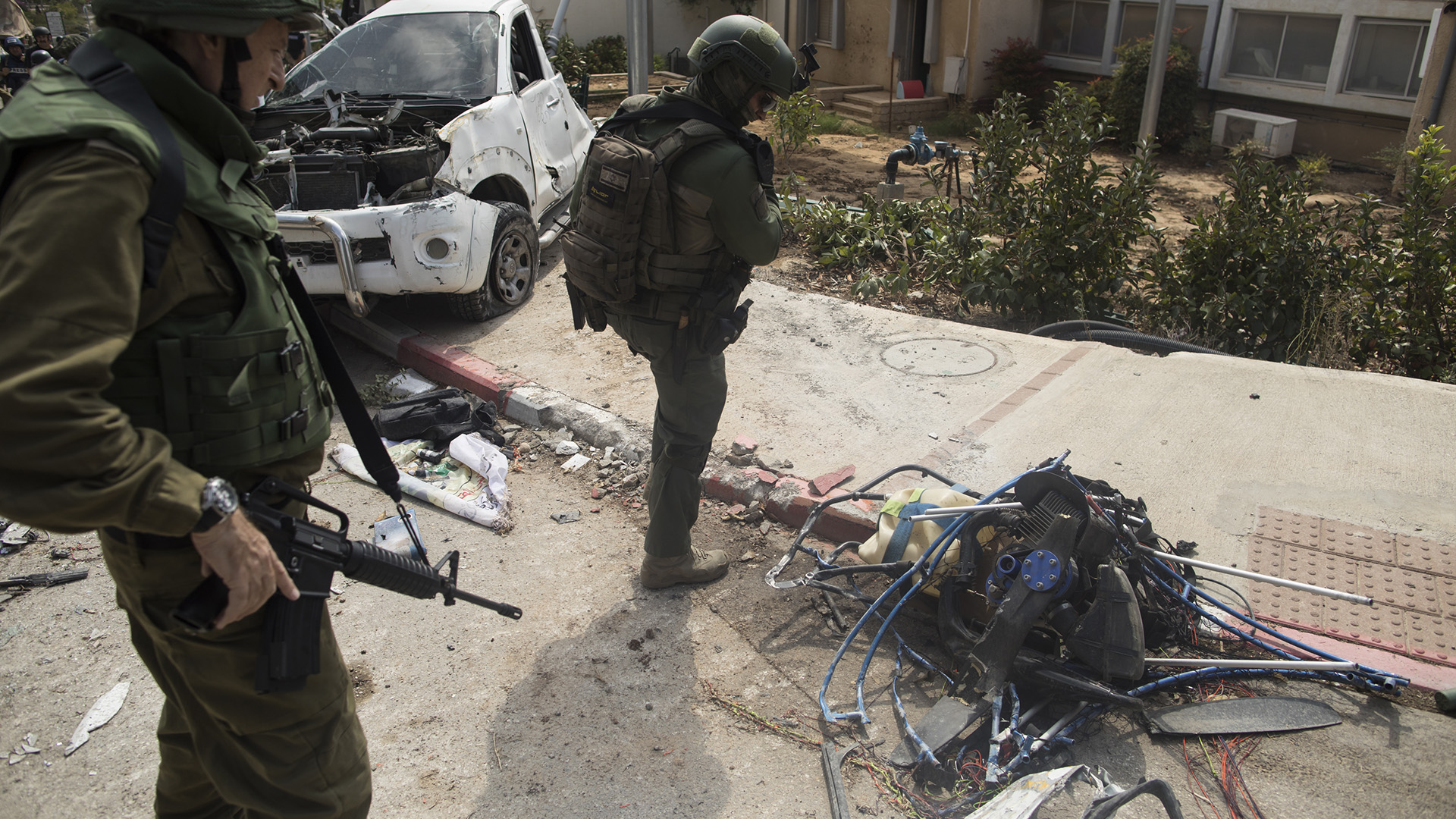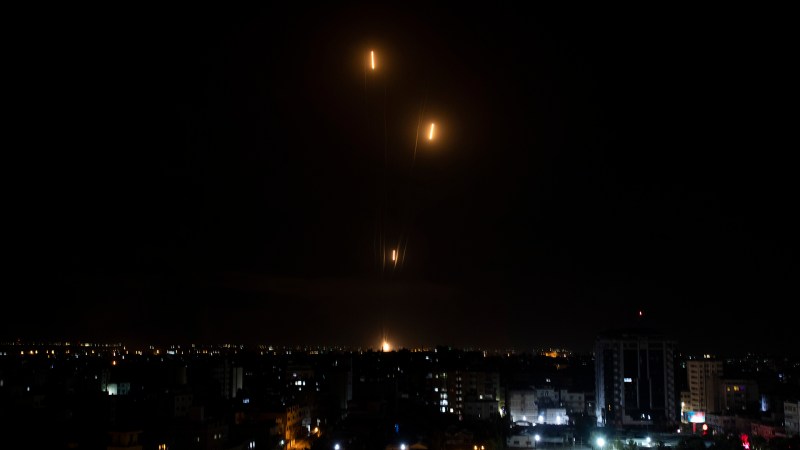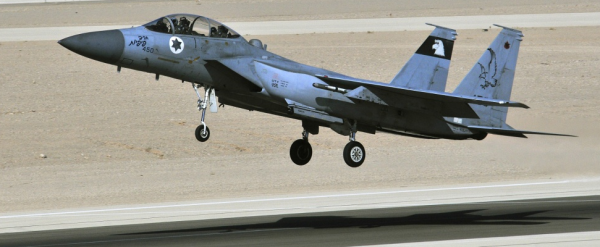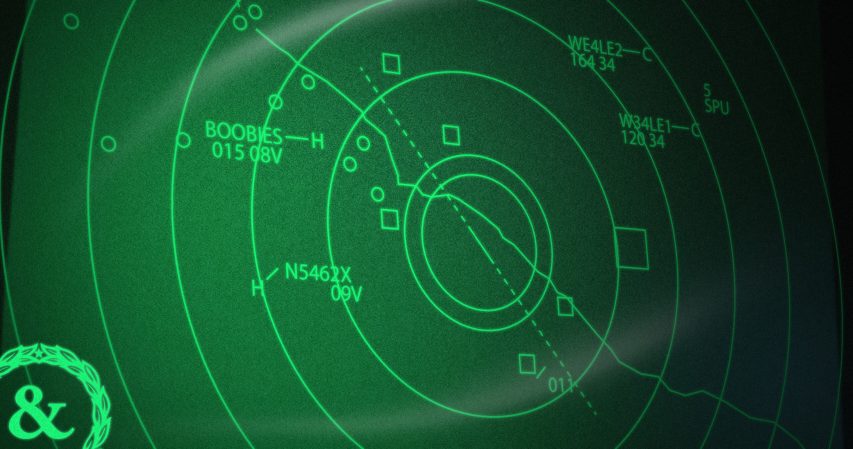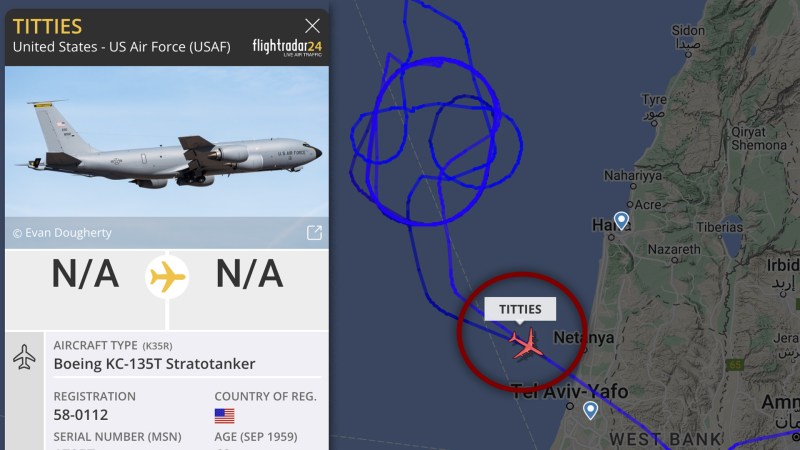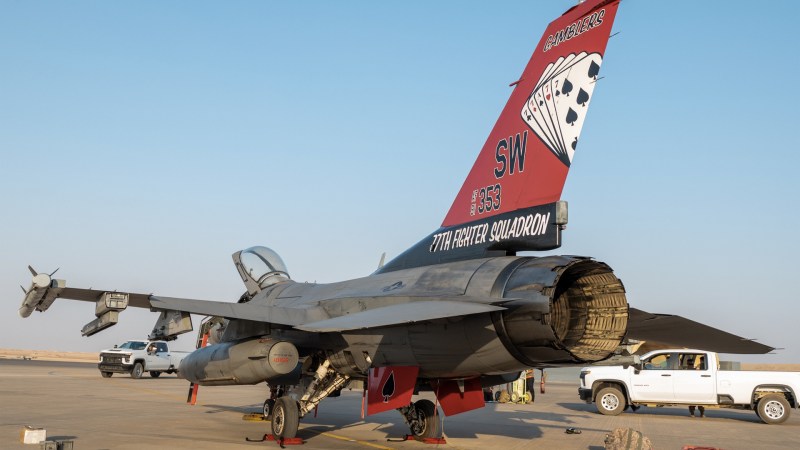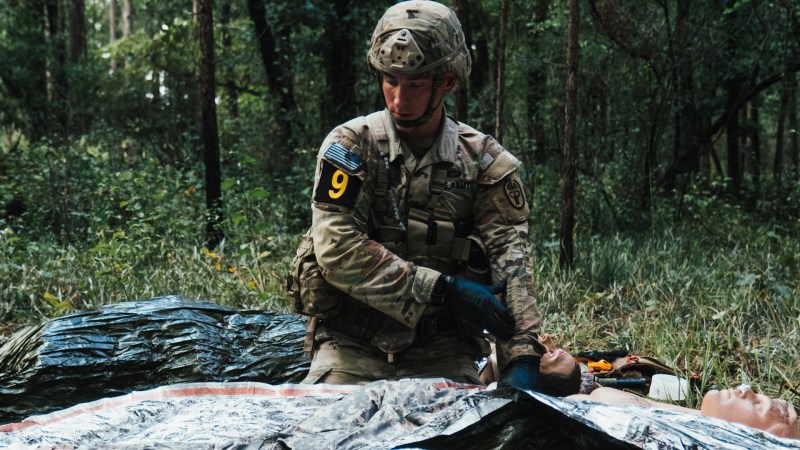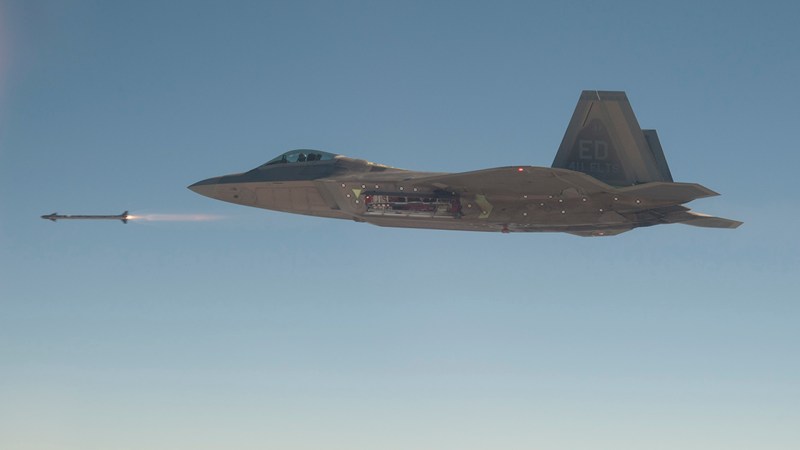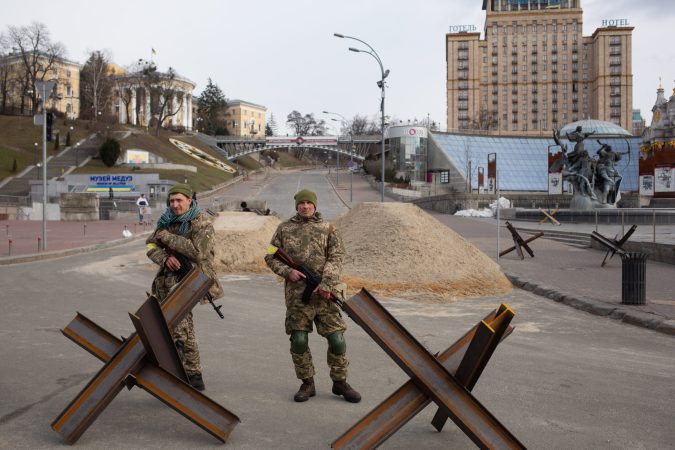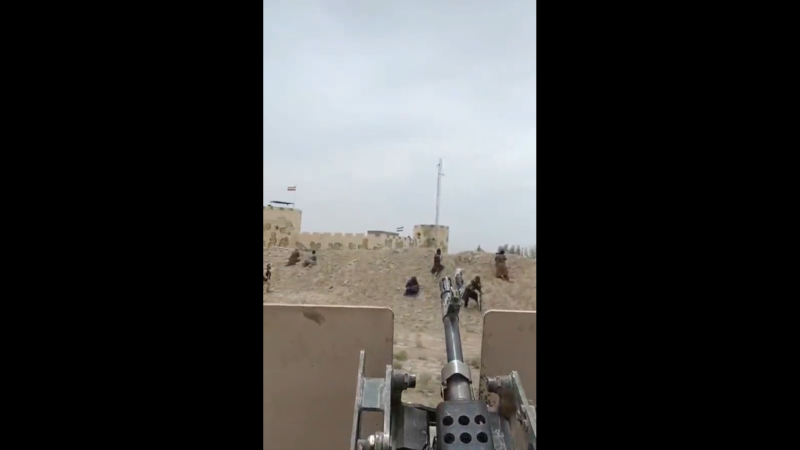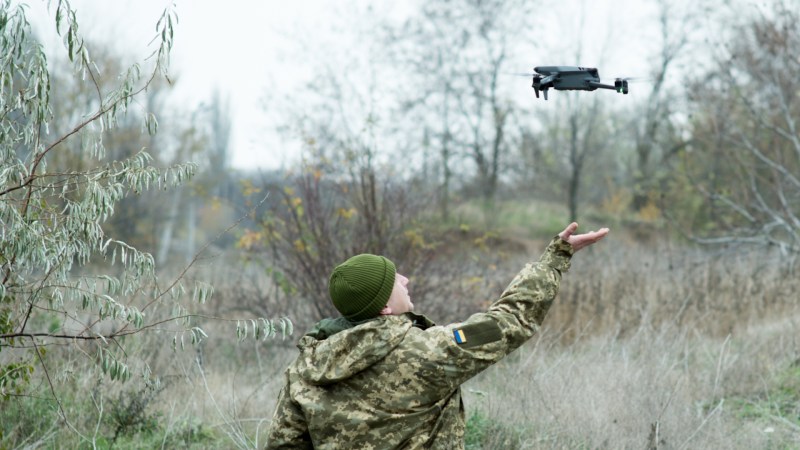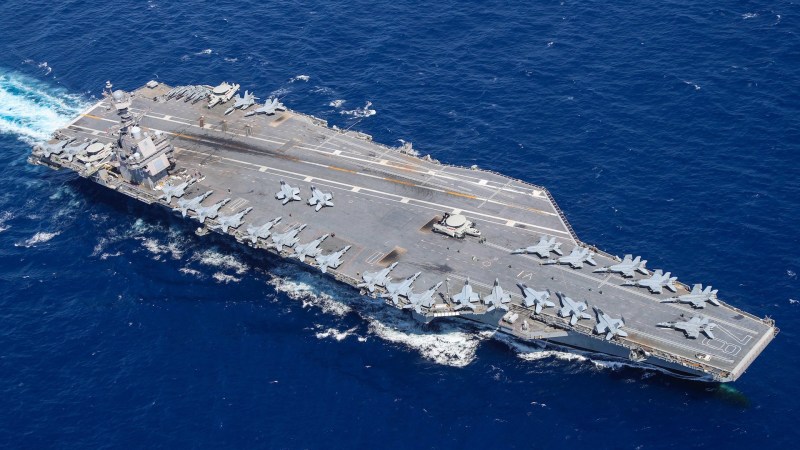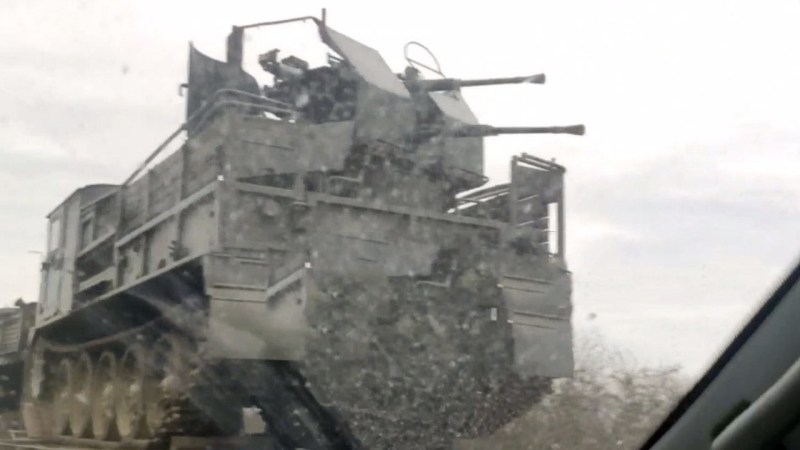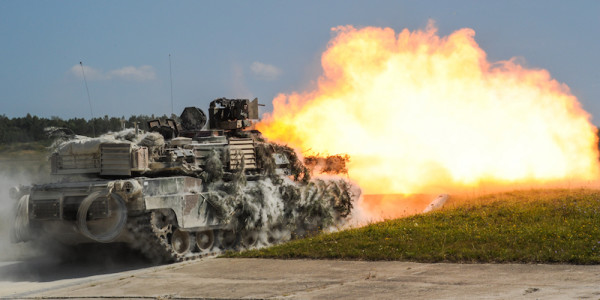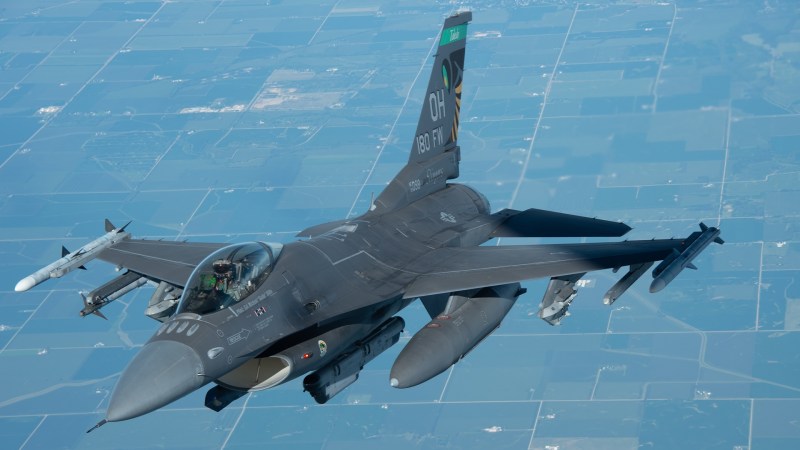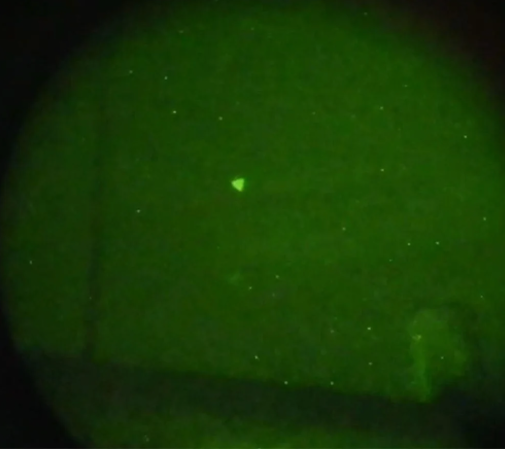Hamas’ use of paragliders to infiltrate Israeli territory has become a symbol of the Oct. 7 terror attack, which has shown that even the mightiest military can be caught off guard by unconventional means of infiltration.
The paraglider attacks may also reveal the same type of gaps with sensors and radars that this February’s Chinese spy balloon incident revealed about the U.S. military’s early warning systems.
The Hamas attacks mark the second time that Palestinian terrorists have used paragliders to invade Israel. In 1987, the Popular Front for the Liberation of Palestine-General Command launched two paragliders from Lebanon, one of which landed in Israel, according to the Washington Post. A terrorist then attacked an Israeli military base, killing six Israeli soldiers and wounding another seven before being shot and killed.
The scale of Hamas’ paraglider attacks dwarfs the violence in 1987, though Task and Purpose has been unable to confirm the number used. Hamas used the paragliders to infiltrate Israeli territory and secure terrain so that other terrorists could breach a border wall separating Israel from the Gaza Strip, Reuters reported.
Subscribe to Task & Purpose Today. Get the latest military news and culture in your inbox daily.
Like so many other aspects of the current war, disinformation about Hamas’ use of paragliders has rapidly spread on social media. Some videos that purportedly show Hamas paragliders attacking a concert in southern Israel surfaced on social media, but actually show an event in Egypt that is unrelated to the Oct. 7 terror attacks, the Associated Press reported. It is still unclear if paragliders were used in the attack on a concert that left over 260 dead.
Analysts with Janes, an open-source defense intelligence provider, told Task & Purpose that they are confident they have seen enough firm evidence that confirms Hamas used paragliders as part of the Oct. 7 terror attacks.
Is a paraglider efficient for combat use?
The technology for these paragliders is basic and either available through commercial sources or easy to build, the analysts said. North Korea has demonstrated the use of military paragliders and Turkish media reported in 2020 that terrorists from the Kurdistan Workers’ Party, or PKK, had used paragliders to cross from Syria into Turkey.
Despite Hamas’ recent success in using paragliders, the aircraft have distinct disadvantages, the analysts said. Paragliders are loud and they are not well suited for covertly inserting ground forces because they can be easily spotted in daylight, and they can be detected by radars and other sensors. They are also unprotected and vulnerable to ground fire.
Paragliders can be used in a limited way and in a fairly small number of scenarios to transport troops, said retired Army Col. Keith Nightingale, a member of the Ranger Hall of Fame and helped plan the U.S. military’s ill-fated 1980 mission that attempted to rescue Americans held hostage in Iran.
Although they can fly under the radar, paragliders need a place to land, so they are of little use in an urban environment, said Nightingale, who noted that the Hamas paragliders landed in open fields.
“Then, you’ve got to land enough of them to actually secure whatever objective it is you’re after,” Nightingale told Task & Purpose. “It’s not what I would call a dramatic new addition to the battlefield or one that really would be a game-changer.”
How did Hamas paragliders avoid Israel’s detection?
A video posted on “X,” the social media platform formerly known as Twitter, purportedly shows Hamas’ “Saqr” unit, which used paragliders to infiltrate Israeli territory. The video shows the Hamas terrorists preparing for an attack on Israel. There are numerous reports that Hamas used paragliders as part of an attack on an Israeli concert, though the most widespread of those videos appears to have be from six months prior. Task & Purpose has been unable to independently verify these reports.
The fact that Hamas was able to land terrorists inside Israel using paragliders raises several questions, including how the paragliders penetrated Israel’s airspace.
The main reason why the Hamas paragliders avoided getting shot down is that Israel likely couldn’t detect them, said retired Marine Col. J.D. Williams, a defense policy researcher with the RAND Corporation.
“The paragliders would probably have flown very low — popping up to go over the border fencing and then flying low to the ground — staying under the radar coverage of Israeli air and missile defenses,” Williams told Task & Purpose on Thursday. “In addition, those air and missile defenses, primarily the Iron Dome system, are optimized to detect fast-moving, high trajectory weapons — missiles and rockets — and are not tuned to pick up low-flying, slow-moving objects like paragliders.”
Although counter-drone systems could engage paragliders, it is unclear how widely Israel deployed such systems before the Oct. 7 attacks or if they were positioned to stop incursions from Gaza, Williams said.
Even if counter-drone systems were in the area where Hamas launched its paraglider attacks, they still would have had the same challenges in detecting low-flying paragliders as other air and missile systems, he said.
Are similar attacks a threat to America?
The U.S. military has had its own difficulties detecting slow-moving aerial objects and distinguishing threats from harmless balloons. Following the Feb. 4 shoot-down of a Chinese spy balloon off the coast of South Carolina, the head of U.S. Northern Command and North American Aerospace Defense Command acknowledged that U.S. air defense systems had missed previous spy balloons that had flown over the country.
“It’s my responsibility to detect threats to North America,” Air Force Gen. Glen VanHerck said at a Feb. 6 Pentagon news conference. “I will tell you that we did not detect those threats. And that’s a domain awareness gap that we have to figure out. But I don’t want to go in further detail.”
After the U.S. military recalibrated its radar and other sensors to look for small objects at high altitudes traveling at slow speeds, Air Force fighters shot down three unidentified aerial objects on Feb. 10, 11, and 12 over U.S. and Canadian airspace.
President Joe Biden later said the objects were likely balloons being used for scientific research or owned by private companies and hobbyists.
How did Hamas develop a paraglider capability unnoticed?
Another unanswered question is how Israel apparently did not notice before Oct. 7 that Hamas had developed the ability to use paragliders as part of terror attacks.
The answer to that question may have to wait until later because Israel is currently focused on dismantling Hamas’ networks in Gaza, said Jonathan Lord, director of the Middle East Security program at the Center for a New American Security think tank in Washington, D.C.
“I’d expect eventually we’ll see something akin to the Agranat Commission, which was convened after the 1973 Yom Kippur War, to establish how Egypt and Syria successfully caught Israel flat-footed,” Lord told Task & Purpose.
The latest on Task & Purpose
- Opinion: In the name of health care freedom, millions of veterans may lose theirs
- Special Forces vs special operations forces — what’s the difference?
- Commandant wants all Marines to do a tour in the Indo-Pacific
- VA claims processors overwhelmed, quitting from high case load
- First photos of 101st Airborne soldiers testing the Army’s new rifles

